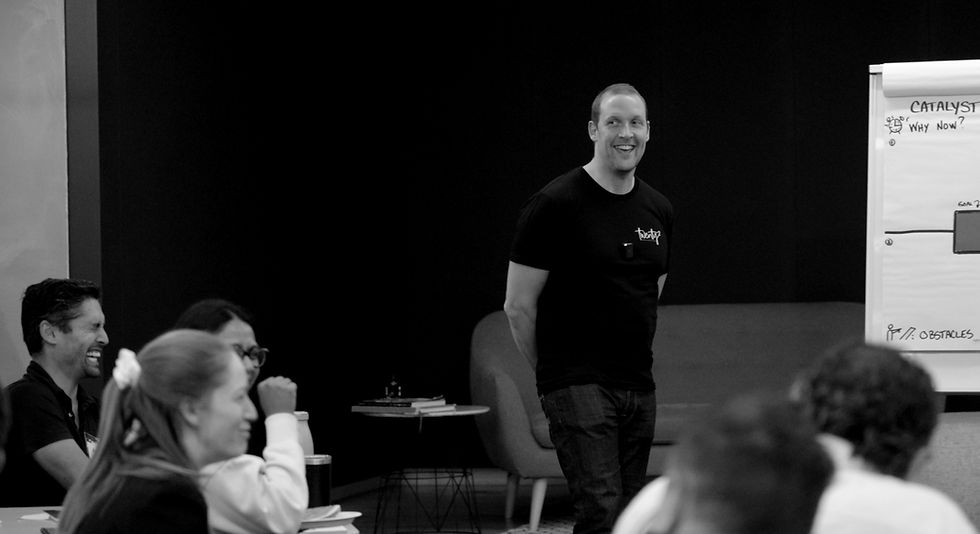How to do agile transformation in a government agency
- Marcus Ward

- Feb 11, 2024
- 2 min read

Drawing inspiration from our virtual café, Twenty2 Café, I wanted to delve into Agile transformation within government organisations. Yes, you might be thinking "where on earth would you begin with that?".
Our monthly cafe operates on a lean coffee model where there is no agenda.
The January 2024 edition had a great mixture of professionals experienced in Agile methodologies and some who are not. The were some interesting and unique challenges discussed along with some adaptive strategies of how to introduce Agile transformation in government.
Adapting to the Government Context
Agile transformation in government often takes place within highly regulated and structured environments (yes and policies).
Participants discussed the challenges of moving from traditional project-based models to more dynamic product-based models within these constraints, highlighting the need for Agile adaptation to fit government structures
Starting Small and Fostering Learning
Those who attend our agile basecamp course, know this is the common thread at the heart of the learning exercise.
A key takeaway we teach is the importance of beginning any Agile transformation with small, manageable initiatives.
This approach can allow government agencies to gradually adapt and learn within their existing frameworks, rather than attempting large-scale changes that might be more challenging to implement.
Watch the edition on agile transformation in government
Understand Financial and Regulatory Hurdles
One of the significant barriers to Agile transformation in government is the traditional financial models that are often in place. The red-tape heavy procurement springs to mind.
Discussions at the café revealed the complexities of transitioning from project-specific funding to more flexible product funding, a move that requires navigating intricate budgetary processes and redefining financial frameworks.
The Cultural Shift and Stakeholder Engagement
When I have seen the shift done well, government agencies have really got around the importance of cultural change within organisations and engaging stakeholders effectively. This approach is crucial in fostering an Agile mindset and overcoming resistance.
Customising Agile Practices
The café discussion underscored the advantages of tailoring Agile methodologies to government agencies' specific needs and challenges. This involves creating environments conducive to Agile practices, such as safe spaces for experimentation and failure, and adapting methodologies to align with government-specific constraints and requirements.
To close, Agile transformation in government requires a thoughtful and tailored approach, considering the unique regulatory, financial, and cultural aspects of government organisations. Roots can run deep and changes won't be quick.
My tip is to start with small-scale initiatives, focusing on cultural change, adapting Agile practices, and navigating the complex government landscape for successful Agile implementation in this sector.
Strengthen your knowledge of agile by becoming a scrum master.

Comments